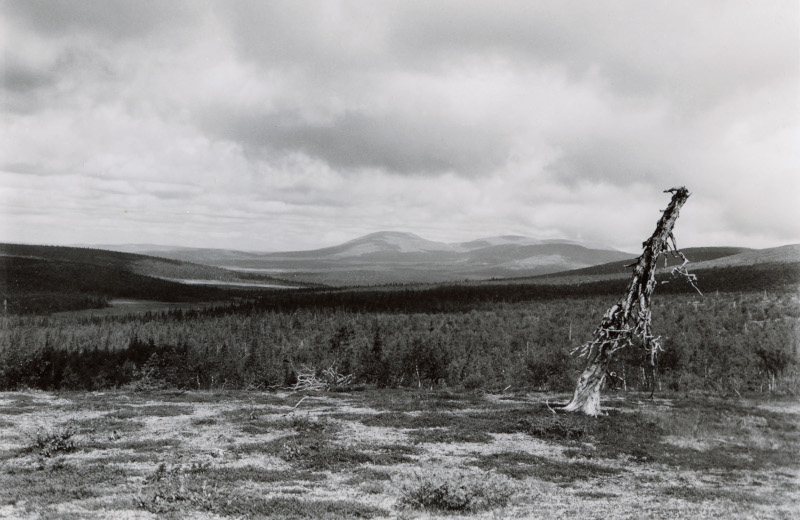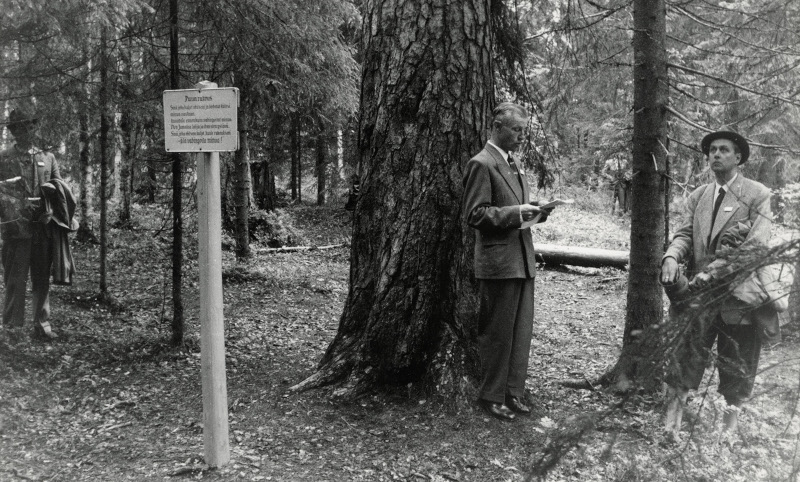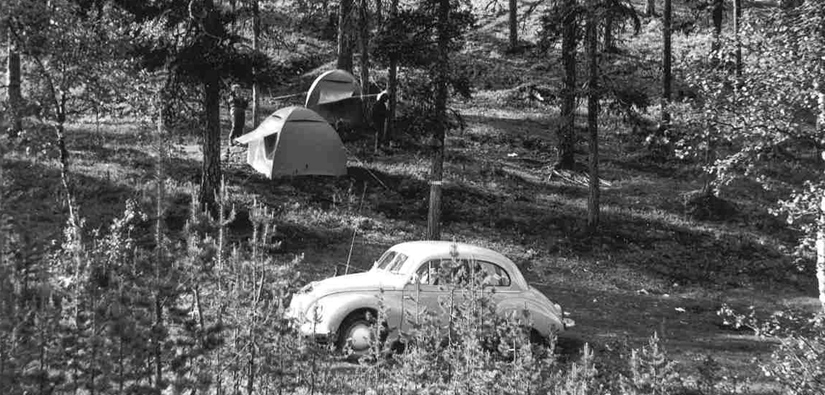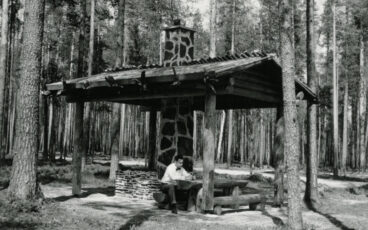History of Nature Conservation and Recreation

The first forests spared from fellings and the first ‘nature parks’ on Metsähallitus’ lands were already established in the early 1900s. These areas, among them the Pallas–Ounastunturi and Pyhähäkki areas, were pristine forests or important areas in terms of their natural beauty, and they were preserved for research purposes as well as for posterity.
The first official record of establishing a national park can be found in a 1910 report of the Forest Conservation Commission. The first statutory national parks did not, however, come into existence until 1938. These parks, established on state lands, were under the administration of the Finnish Forest Research Institute (Metla).
The network of protected areas is growing

In 1956, seventeen national parks and nature reserves were established on Metsähallitus’ lands. A second significant expansion of the conservation area network took place in 1982, as a total of 16 new national parks and nature reserves were created. Metla’s national parks and its strict nature reserves, excluding Koli National Park and Malla and Vesijako nature reserves, were transferred to the ownership of Metsähallitus in 1992.
Since the 1970s, the development of Finland’s conservation area network has been based on conservation programmes aimed at preserving mires, herb-rich forests, old-growth forests and shore areas among others. A significant number of the programme sites are located in areas owned by Metsähallitus. Metsähallitus currently manages over 500 statutory nature conservation areas in all, covering a total area of ca. 17,000 km². The wilderness areas of Lapland (15,000 km²) are also important in terms of nature conservation. Most of Metsähallitus’ conservation sites are part of the EU’s Natura 2000 network.
Services for recreational use

Hiking became so popular after the Second World War that campsites with campfires, firewood and drytoilets were a necessity. In the 1970s Metsähallitus focused special attention on expanding the existing network of wilderness huts. The first official outdoor recreation areas governed under Finland’s Outdoor Recreation Act were established in 1979 in Kylmäluoma and Hossa. There currently are seven such areas in the country.

The planning of national park management and utilisation began in 1974 with a national park working group set up by Metsähallitus. The building of services for hikers, such as trails, lean-to shelters and campfire sites, began in 1978 following the first management and utilisation plans. National parks and a number of other nature conservation areas today offer an abundance of possibilities for hiking and outdoor recreation across the country.
Nature conservation tasks become independent
For many years, Metsähallitus’ nature conservation tasks were handled as a part of forestry operations. Since the late 1970s, the number of personnel members specialised in nature conservation tasks has gradually increased, and the Nature Conservation Area office was established in 1981. Ten years later the office changed its name to Natural Heritage Services. The Natural Heritage Services business unit, an ever-expanding field of activity, received its own regional organisation in 1992. Nature conservation tasks and outdoor recreation services have been continuously developed to respond to the current conservation demands of biodiversity, as well as to the needs of the recreational use of nature and nature tourism.
Since 2014, the name of the unit is Parks and Wildlife Finland.